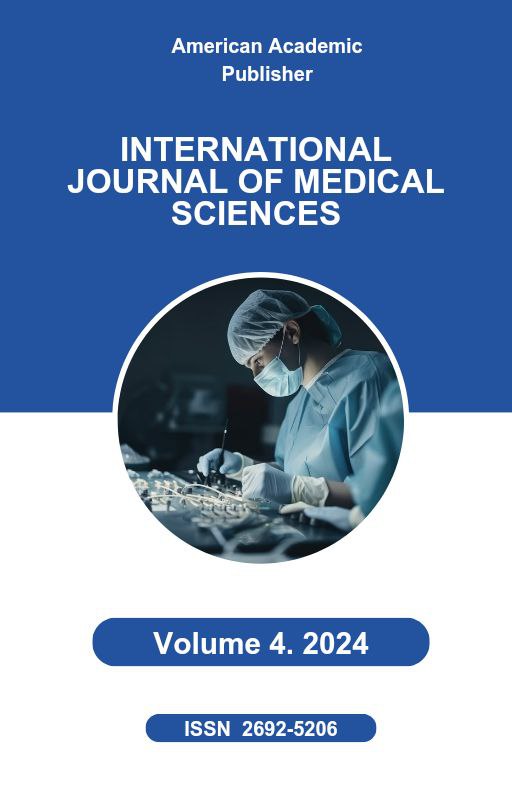 Articles
| Open Access |
https://doi.org/10.55640/
Articles
| Open Access |
https://doi.org/10.55640/
EPIDEMIOLOGICAL FEATURES OF ROTAVIRUS INFECTION IN CHILDREN IN THE ANDIJAN REGION
Tukhtanazarova Nargiza Saiyibovna , Department of Infectious Diseases, Andijan State Medical InstituteAbstract
Background: Rotavirus remains a leading cause of severe acute gastroenteritis (AGE) among children worldwide. Following the introduction of the rotavirus vaccine into Uzbekistan's national immunization program, it is crucial to monitor the changing epidemiology of the disease. This study aimed to describe the epidemiological characteristics of rotavirus infection among children hospitalized in the Andijan region. Methods: A retrospective, hospital-based study was conducted at the Andijan Regional Infectious Diseases Hospital. The medical records of all children under five years of age hospitalized with laboratory-confirmed rotavirus gastroenteritis from January 2018 to December 2025 were analyzed. Data on demographic characteristics (age, sex), seasonality, and clinical features were extracted. Statistical analysis was performed to describe trends and identify high-risk groups. Results: A total of 1,250 cases of laboratory-confirmed rotavirus hospitalizations were identified during the study period. A significant decline in the annual number of hospitalizations was observed, from 280 cases in 2018 to 95 cases in 2025. The highest burden of disease was in children aged 6-24 months, who accounted for 72% of all cases. A distinct seasonal peak was identified during the colder months, from November to March, which accounted for over 65% of annual cases. The male-to-female ratio was 1.3:1. Conclusion: The epidemiological profile of rotavirus in the Andijan region shows a clear seasonality and a primary impact on infants and toddlers. The observed decline in hospitalizations strongly suggests a positive impact of the national rotavirus vaccination program. Continued surveillance is essential to monitor long-term vaccine effectiveness and ensure sustained high vaccination coverage to further reduce the disease burden.
Keywords
Rotavirus, gastroenteritis, epidemiology, children, vaccination, seasonality, Uzbekistan.
References
Aliabadi, N., Gholami, A., Fakhari, F., Bayat, B., Shokri, F., & Ghorbani, S. (2016). The impact of rotavirus vaccine on the prevalence of rotavirus gastroenteritis in Iranian children. Journal of Health, Population, and Nutrition, 35(1), 16.
Cook, S. M., Glass, R. I., & Gentsch, J. R. (1990). The epidemiology of rotavirus infection in the United States. Journal of the American Medical Association, 264(9), 1149-1153.
Glass, R. I., Kilgore, P. E., Holman, R. C., & Gentsch, J. R. (1996). The epidemiology of rotavirus diarrhea in the United States: surveillance and estimates of disease burden. The Journal of Infectious Diseases, 174(Suppl 1), S5-S11.
Parashar, U. D., Johnson, H., Steele, A. D., & Parashar, U. D. (2015). The global impact of rotavirus vaccination. Expert Review of Vaccines, 14(8), 1045-1055.
Tate, J. E., Burton, A. H., Boschi-Pinto, C., Steele, A. D., Duque, J., & Parashar, U. D. (2016). Global, regional, and national estimates of rotavirus mortality in children <5 years of age, 2000–2013. Clinical Infectious Diseases, 62(Suppl 2), S96-S105.
World Health Organization. (2013). Rotavirus vaccines: WHO position paper – January 2013. Weekly Epidemiological Record, 88(5), 49-64
Article Statistics
Downloads
Copyright License

This work is licensed under a Creative Commons Attribution 4.0 International License.

